CULTURE – INTANGIBLE HERITAGE OF CANDELEDA
Candeleda has a culture since "it is remembered". It has a huge intangible heritage: facts, customs, clothing, popular lyrics... and, above all, the music. Music and singing are so relevant in the town and its surroundings, that they create "own genres" and distinct social forms.
The "ronda", as a total social fact, draws a way of interacting, in which neighbors and relatives "meet" to celebrate together. In this celebration, the fundamental axis of the celebration is the execution of our traditional genres of song, music and dance, which "serve" as a guide for the celebration of either a wedding or a celebration of the annual festive cycle.The "ronda" walks through the streets and the group draws an itinerary that strengthens neighborhood and family bonds through this "walking through the town", while singing "rondas" - pieces of "jotas" - that alternate the singing of the soloists with the union of all the "rondadores" (the group of people that make up the "ronda") in each chorus, repeated row by row from the beginning to the end of the group.
During the "ronda", the route combines walking with some moments of rest in doorways, balconies and squares for the performance of dance pieces -"jotas", "rondeñas", "malagueñas"- or traditional formulas such as "el romance, la seguidilla and la jota". During the musicians' breaks, people take each other by the arm and in a closed circle sing "tonás" (a capella songs) of very high lyrical value, made up of "romances".
Good singers, players and dancers take part in this "ronda", but also those who are not so good, and they also participate with hand clapping, simple dances and strengthening the group singing in chorus; "the nicest part is to help", it is said.
They sing, they dance and they play different repertoires depending on the time and year. As string instrument we have the guitar, the bandurria or the lute; and as percussion instrument, we have calderos, zambombas and "kitchen" instruments. And for sure the voice.
The gastronomy of the village is enriched with ways of cooking that intertwine with the heritage of the goatherds. Recipes and products made with local foods and seasonings; paprika (which is considered as red gold) is of more than excellent quality and gives character to the dishes of the Candeledanos, roasted kid, "caldereta", "patatas estilo sierra" or "revolconas". We have "Migas" in which, unlike in most of the regions in Spain, we add fried potatoes, wrapping bread and potatoes and creating a more than succulent dish full of softness. We also have our own wine "de pitarra", which everyone produces on their own farm for their own use. And also we have the local sweets, both pan and oven baked. Goat's cheese, which combines the tradition of being made according to the received tradition but adapted to health requirements and new tastes. An finally the "tasajos", dried goat's meat, made with the knowledge of generations of Candeledanos.
You will admire "Serrana" and "saya" costumes, coloured "refajos" with "picaos" -trims made with figures of flowers, birds and even representations of the Virgin of Chilla in velvet - which are cut out and sewn "surrounding" that skirt of strong and colourful fabric. Pleated "sayas" that accompanied women's dress in the 20th century and which we remember in photographs and pieces stored in boots. Men wearing traditional headdresses and women with gold or silver "ornaments", consisting of gourd earrings, "watch" earrings and traditional "African" earrings, complemented by the necklace in the form of carved balls strung on a thread, from which hangs a "galapago" or a "temblaera" and the ball pins, also gold or silver, which adorn the chignon, in many cases inherited from mothers and grandmothers. Shoes embroidered with carnation or geranium motifs and crocheted stockings complete the serrana costume.
But Candeleda not only remembers its Heritage and its Culture, it lives and recreates it year after year in three events, which constantly evoke and remake our customs, linking the ancient and the modern in a "lace" of respect and affection for our people: those who live in the town, those who are "outside" and return for each celebration and especially dedicated to those who have already left. Throughout the year, there are three moments in which events are programmed that make our intangible and cultural heritage present. In spring, in La Boda Tradicional (traditional wedding); in summer, the Festival Internacional Pedro Vaquero and in winter, Retumbaleda -Retumba Candeleda- , which closes the cycle of the year.
THE TRADITIONAL WEDDING
The traditional wedding was created as an event whose aim is to "recreate" those ancient "rondas" that used to take place at the weddings of Candeledanos. In them, people wore their best clothes, their best shawls and went into the street, just like in the recreation. The guests would first accompany the matron of honour and the groom and then go to look for the bride and her best man, who were waiting at their house. All together, bride and groom, best man and accompaniment will go to get married and repeat the rite in front of the whole village. The "ronda" will go with them to celebrate the wedding by singing the "rondas de boda", and then stop and sing "jotas", "rondeñas" and "malagueñas". The bride and groom are the protagonists of the "baila de la manzana" (it is a paid dance that allowed them to get a little more money to start their life together).Sweets and lemonade celebrate the newlyweds and their companions. The recreation of this wedding is usually held on May. It passes through different parts of the village, including the Plaza Mayor, the church, the chapel of San Blas and ends in the Plaza del Castillo
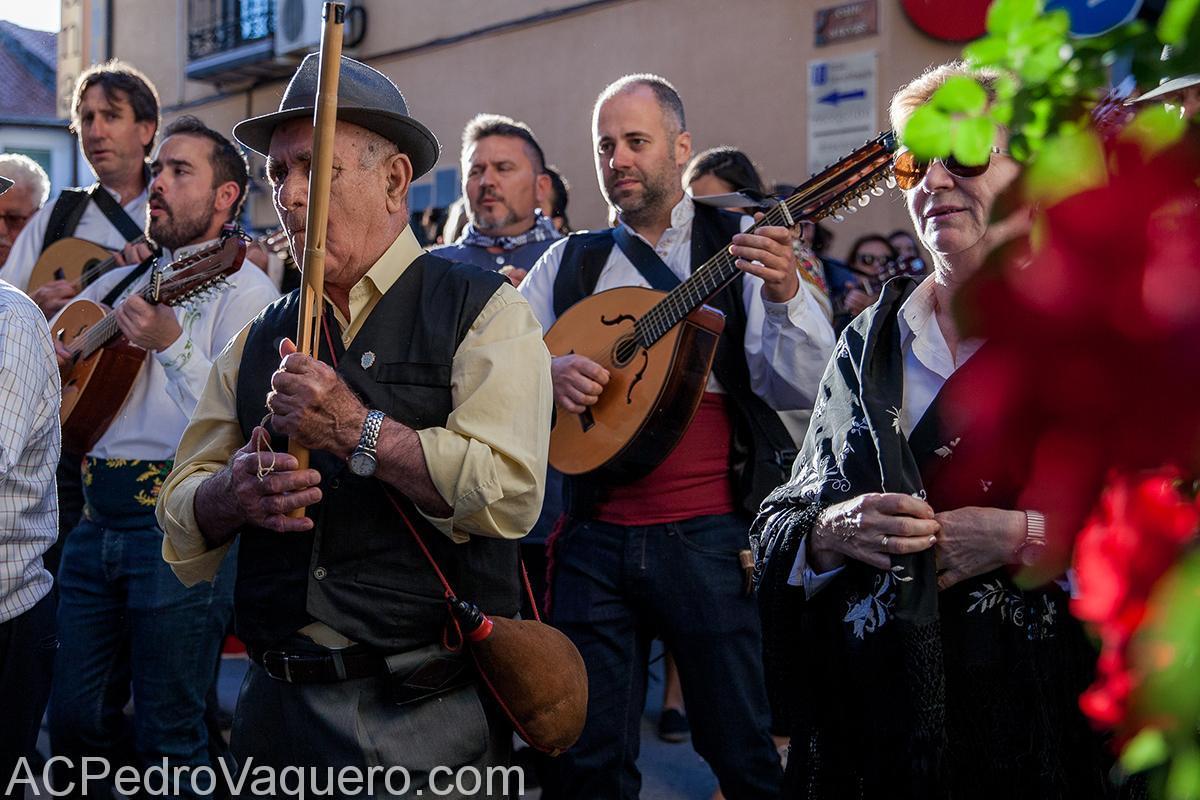
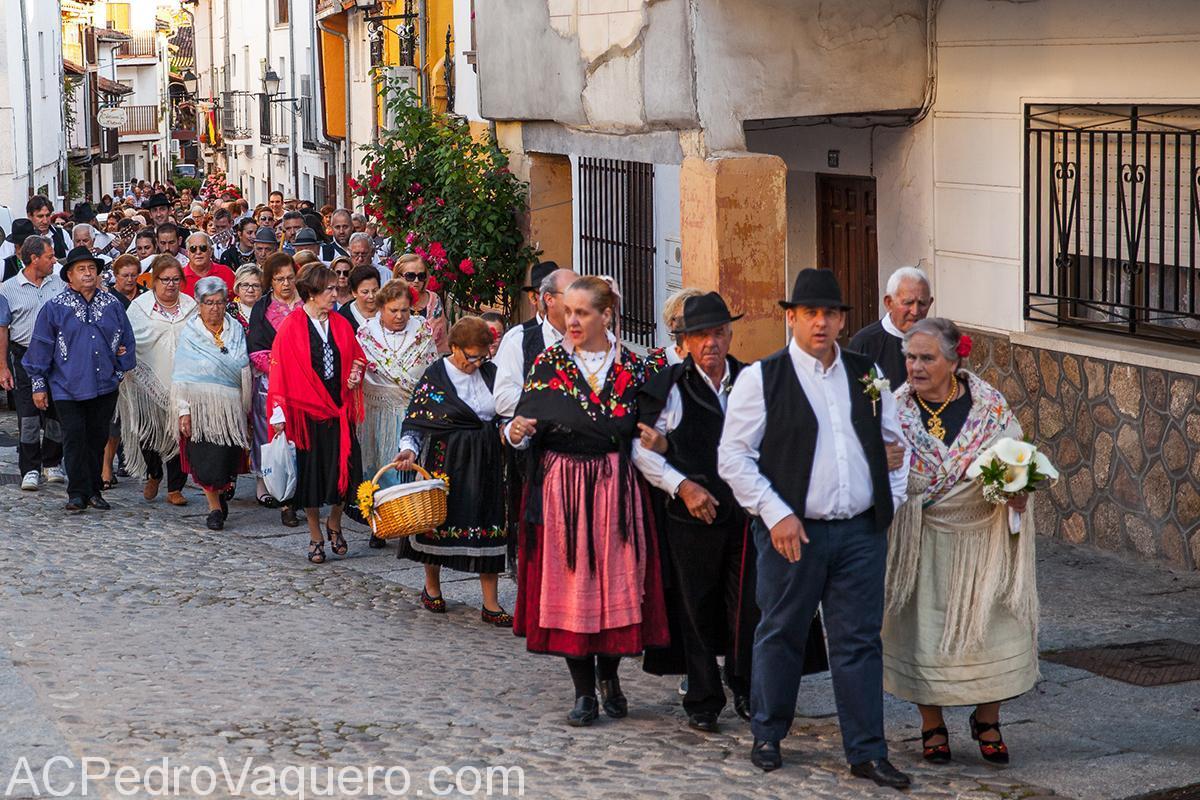
FESTIVAL INTERNACIONAL DE FOLKLORE PEDRO VAQUERO
The Festival Internacional de Folklore Pedro Vaquero has been running for more than twenty-five years and has been renewed to extend the frontiers of this meeting of music and dances taken from Tradition. Choirs and Dances attend with their choreographed dances and their representative costumes. Their are Folk Groups, with their work of musical reworking of music taken from Folklore and as the main protagonists, the traditional formula of our people to sing and dance - the "ronda" - that expressive explosion of "melismas" and melodies that fill the air to the heart and that makes everyone who comes along participate. The "rondas" perform on stage, but they "come down" afterwards, accompanied by the groups that visit us, to prove that music and dancing in the street is the "feeling" of Candeledano.
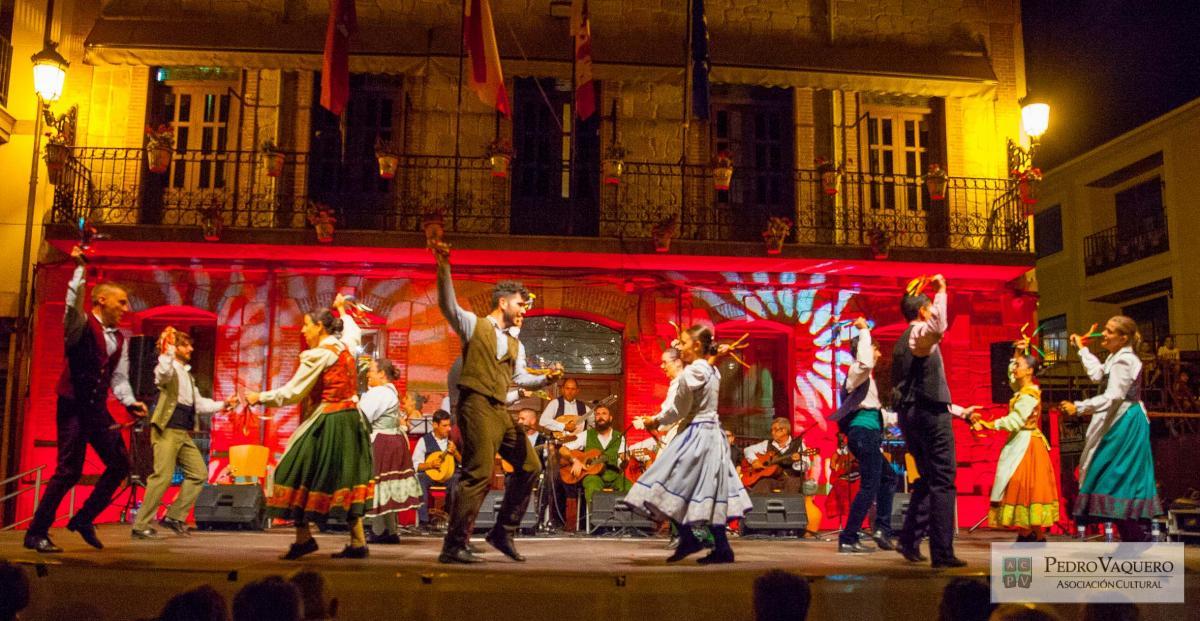
The Festival is held during the last weekend of August and nowadays it lasts almost a week. There are activities that complement it: workshops, exhibitions, conferences and games, are designed for the enjoyment of the people and visitors who accompany us during the summer.
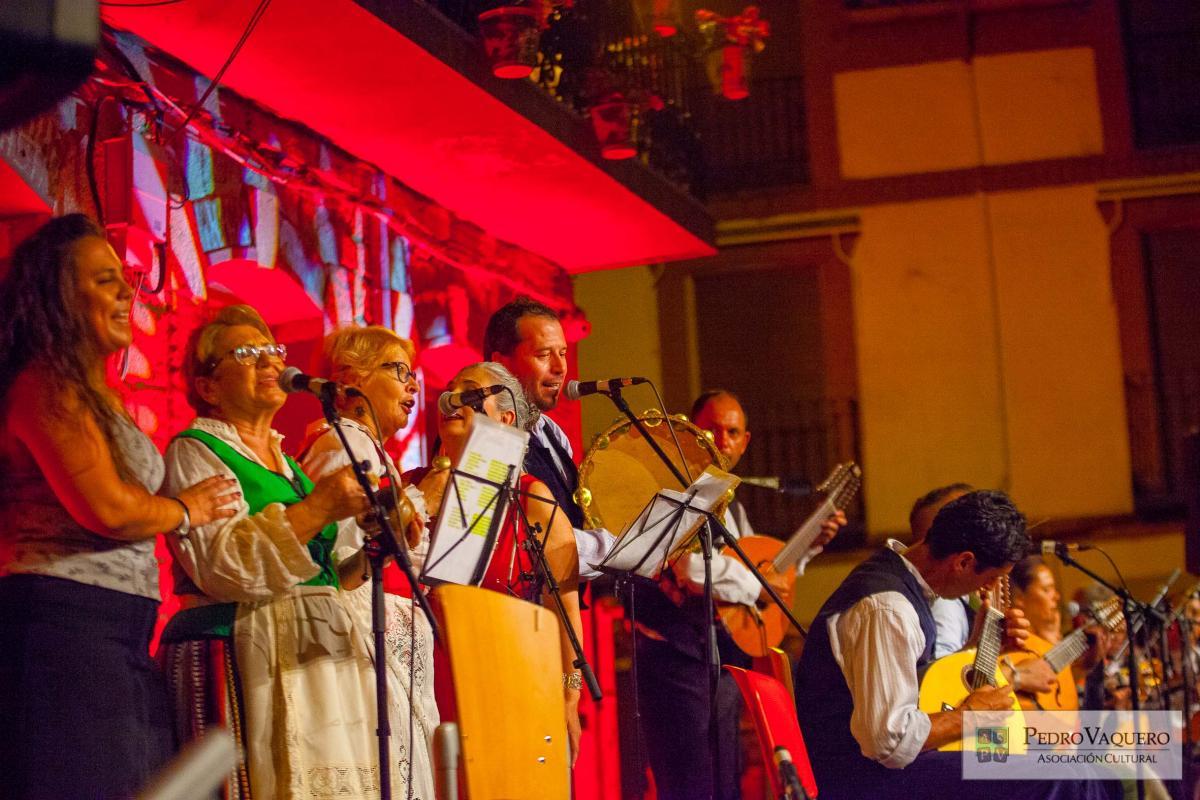
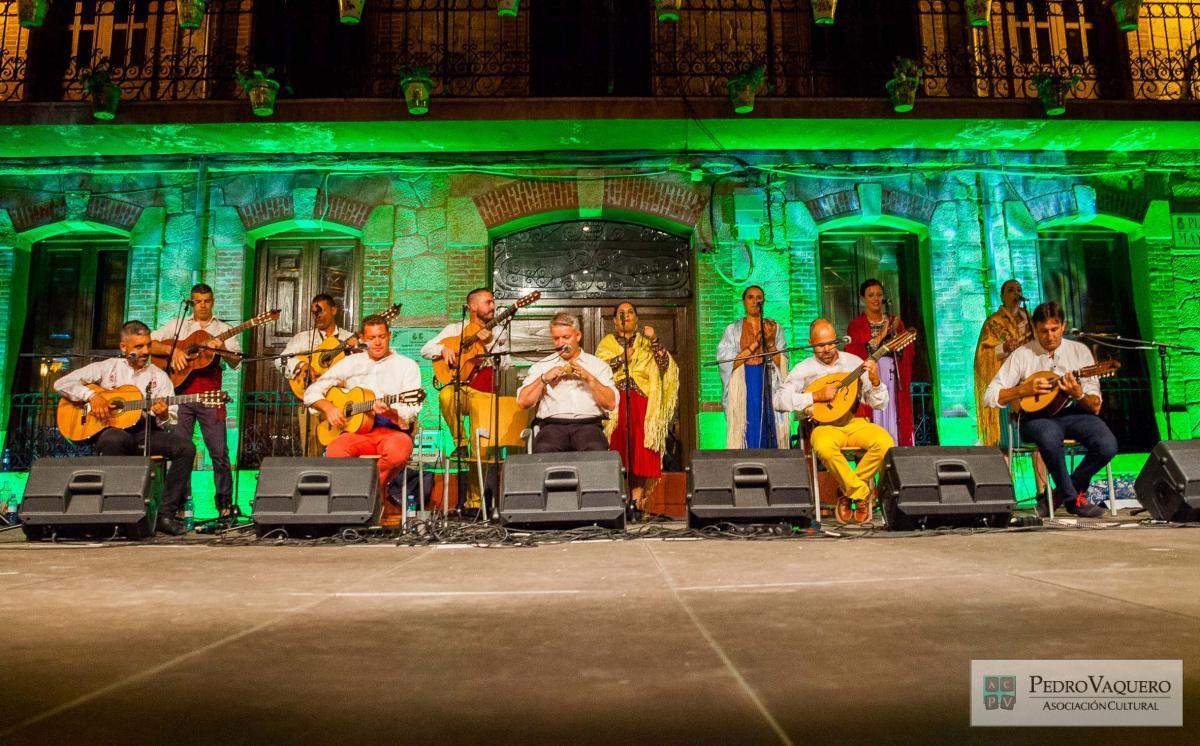
RETUMBALEDA
It takes places in Candeleda on the last week of each year. The “calderos” and “zambombas" are accompanied by other percussions -bottles, tambourines, and a single castanet that resounds in the hand or in the leg- filling the winter air with warmth and the light of the bonfires that warm our corners.
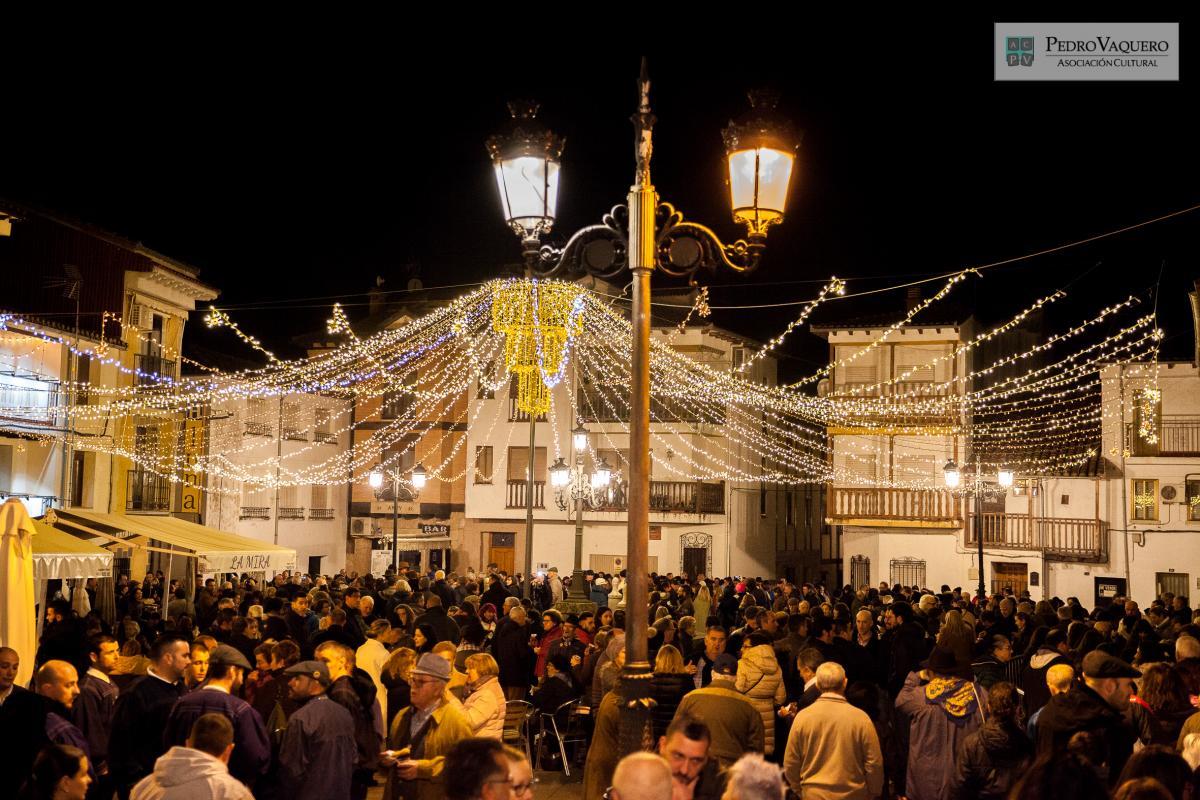
We sing romances and coplas in groups, in choir, adjusting the voice to the slow sound of the instruments, which slow down the rhythm creating almost magical silences to create a Christmas atmosphere, which takes us to another time; a time of childhood, of "rondas" of little ones who learn "coplas" and "sones", who learn that singing and playing together is Great; it is the Town.
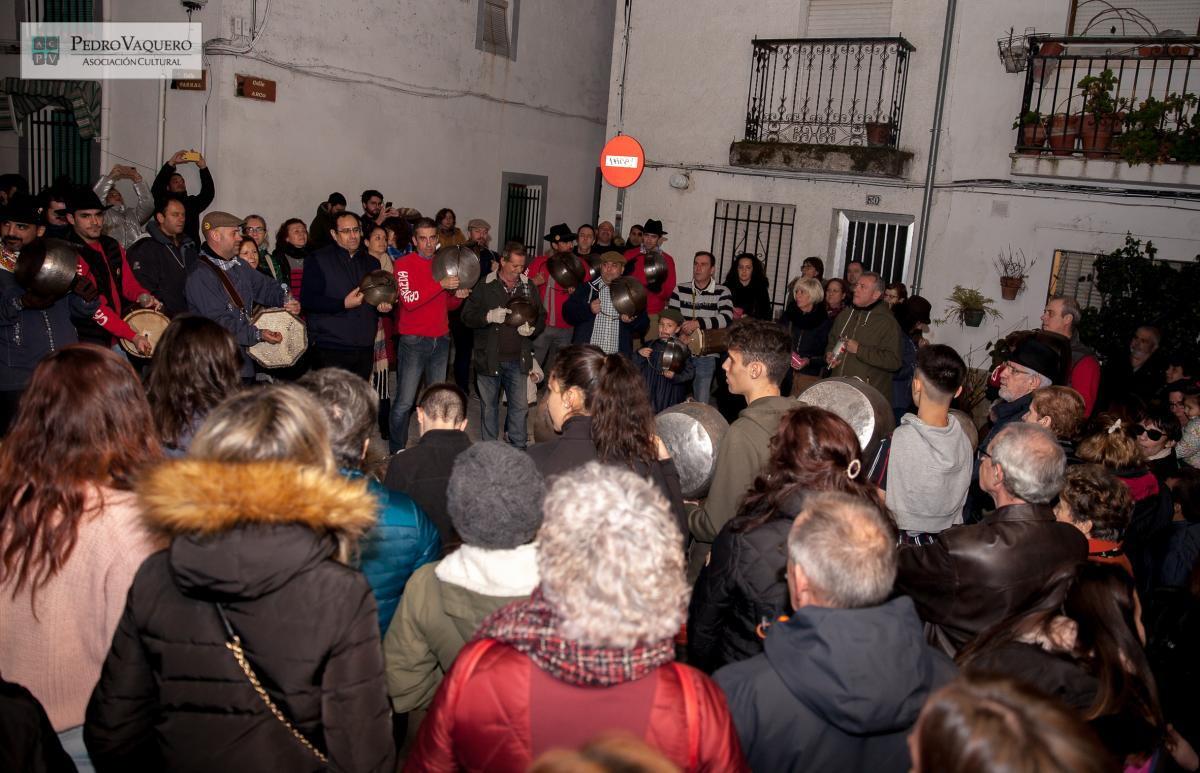
All this work is encouraged by the Candeleda Town Council, the residents and the Asociación Cultural Pedro Vaquero which, since its beginnings, has had the fundamental aim of preserving and disseminating traditional music and dance in Candeleda and its surroundings.
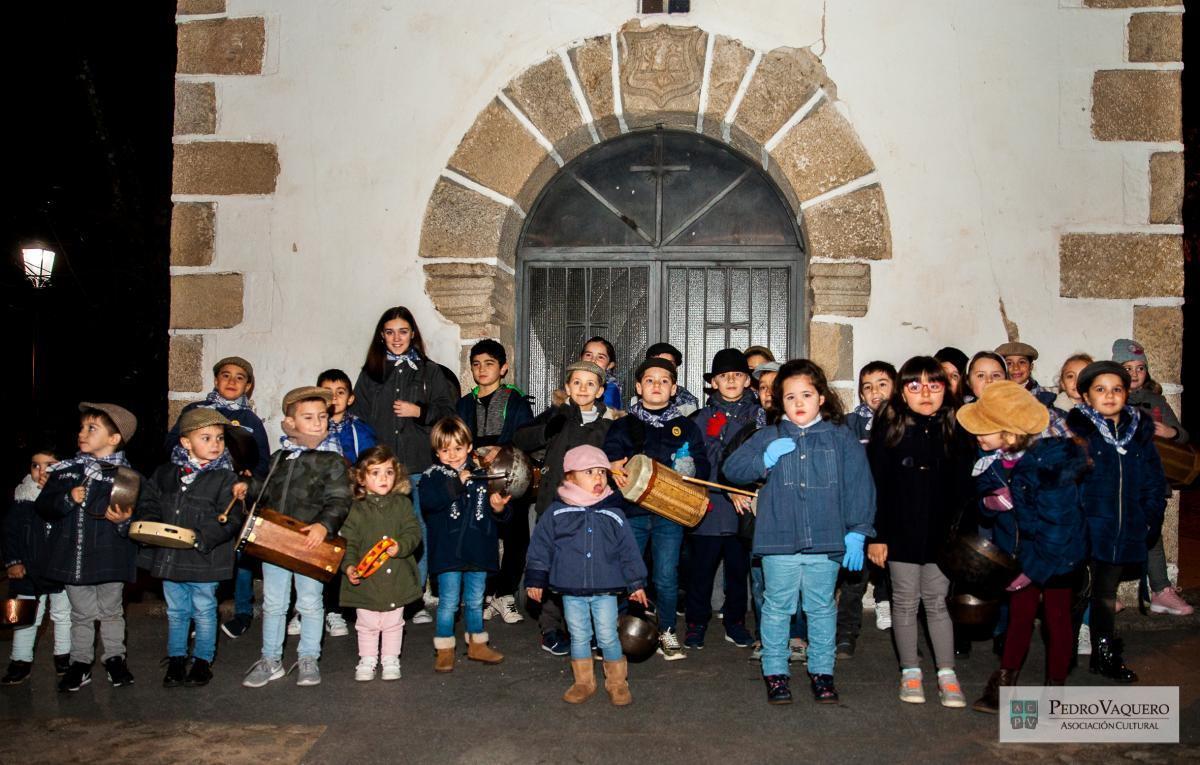
To find more information or photos, visit www.acpedrovaquero.com
TEXT: Asociación Cultural Pedro Vaquero
PHOTOGRAPHS: Pedro Pablo Pérez Retamal

